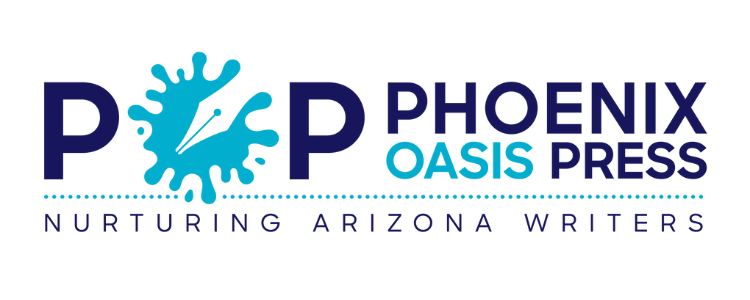Story Is Sound
By Ed Skinner"Friends, Romans, countrymen, lend me your…"
Ears.
Marc Anthony wanted his friends, Romans, and countrymen to listen.
That's because language is sound.
When we write, we're recording sound. Ah, eh, and uh. Buh, and Tuh, and Vuh. To write something that communicates, we need to hear what readers will synthesize as they read. And we need to eliminate sound bumps.
Find the Bumps
To find the bumps, read your work aloud. Closed room. Empty house. Big, empty space in the park. If there's any threat of an audience, if you are where someone might possibly hear, that won't do. You'll be thinking about them instead of hearing what your mouth, tongue, and throat are doing.
Let your ears hear your written words and relay them to your brain. When you note a pause, hear a stumble, or realize your tongue, ears, and brain are out of sync, you’ve discovered a bump. Brits call them sleeping policemen. Is that charming, or is it mean and nasty? I can't decide—Ooh! That's what we're after; red mark that!
Caution: don't use the text-to-speech feature. Your computer speaking aloud won't cut it. It's not you. It doesn't have your voice.
Get Ready, Get Set, 3 Listening Modes
To prepare, find a red pen and print a paper copy (black ink, white paper), then choose a listening mode:
Listen as you read your work aloud.
Record yourself reading it aloud, then listen to the recording.
Listen as someone unfamiliar with the piece reads it aloud.
Listen, Red Mark the Margin
Listen to your work out loud. If things move smoothly, the writing is great. But when your eyes pause, or your tongue stumbles or your brain hesitates, put a little red mark in the margin. That's all you need to note. A little flash of red. No more.
Continue listening and marking. When you reach "THE END," give yourself a pat on the back.
Wait While Your Brain Works
Put the paper aside for a couple of hours. If it's big, a couple of days. Maybe even a week. Deep within your brain, it's chewing on the bumps. It knows what they are. It's working out ways of fixing them.
When you feel the time is right, page through and find the red ink. Your brain will offer up the fix. Easy-peasy.
Writing Is Sound
Writing is sound. It's the clang of a metal sword on leather shield, the edged strain of a desperate lover's voice, it's the giggle of a baby, the old man's death rattle, the roar of an airliner vaulting into the air while the bomb in the baggage compartment ticks down in the reader's ear.
Story is sound. Hear it!
About Ed
Ed Skinner is a retired software guy, teacher, and traveler who now writes fiction. Scrivener is his writing tool of choice, and you'll occasionally see his comments and posts in the "Scrivener users" group on Facebook. His blog, http://www.flat5.net/, has musings about writing and other passions, some current, some not so.


